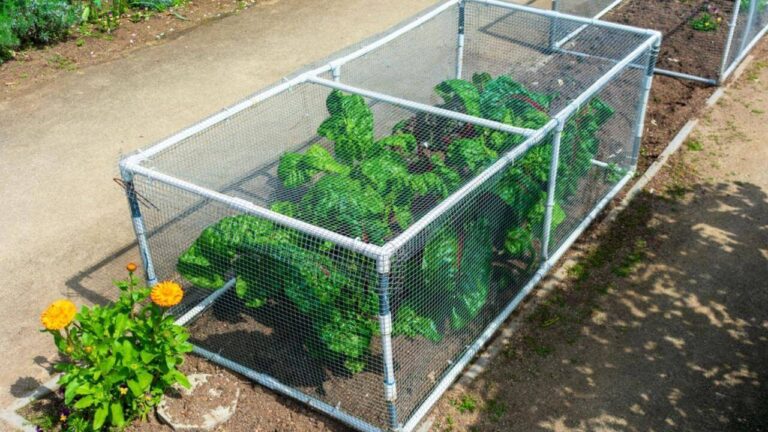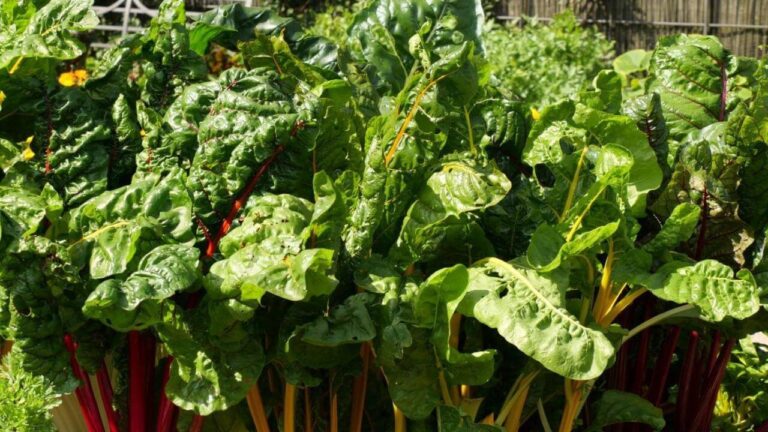Gardeners are constantly on the hunt for new ways to grow their favorite plants. Growing tomatoes in grow bags is one such option that has gained favor in recent years. This strategy not only saves space but also provides various other advantages, which we shall discuss in detail in this detailed guide.
Understanding the Grow Bag Concept
Before we get into the mechanics of growing tomatoes in grow bags, let’s define grow bags. Grow bags are fabric containers that provide an ideal growing environment for plants. They are composed of breathable cloth, which facilitates root air pruning and great drainage. As a result, the plants are healthier and produce more.

Choosing the Best Tomato Grow Bag
Choosing the correct grow bag is the first step in your tomato-growing adventure. The size and substance of the grow bag are important factors in tomato growth. A grow bag with a capacity of ten gallons is ideal for one tomato plant. This size allows the roots to grow and gain access to the nutrients they require.
To allow for optimum aeration and drainage, the material should be permeable, similar to fabric. This avoids waterlogging and root rot, which are major issues when growing tomatoes in traditional containers. Breathable fabric also allows the roots to cool down on hot days, which can boost plant health greatly.
How to Choose the Best Tomato Varieties for Grow Bags
Not all tomato cultivars are appropriate for growing in grow bags. Tomatoes that are determined, also known as bush tomatoes, are the finest choice for grow bags. They reach a particular height, usually 3-4 feet, and then stop growing. Because they do not require substantial staking or trimming, they are great for container gardening.

‘Roma,’ ‘Ace 55,’ and ‘Patio Princess’ are some recommended determinate varieties. These cultivars are well-known for their compact growth habits and high output in pots. You can, however, experiment with other variations to determine what works best for you.
Getting the Grow Bag Ready for Planting
Once you’ve decided on a grow bag and a tomato variety, it’s time to prepare the grow bag for planting. Fill the bag halfway with good-quality potting soil, preferably one high in organic matter. Organic matter, such as compost or well-rotted manure, offers plants with a slow-release supply of nutrients while also improving soil structure.
To prevent spillage during watering, only fill the bag up to 2 inches from the top. Remember to moisten the potting mix before planting. Dry potting mix can reject water, making it harder for newly planted seedlings to obtain the necessary moisture.
Tomato Growing Procedures
Growing tomatoes in grow bags is the same as planting them in the ground. To cover the seedling by two thirds, dig a hole in the potting soil that is sufficiently deep. A robust root system is encouraged by the development of roots in the portion of the stem that is buried.
Plant the seedling after adding soil to the hole. Make sure there is enough room between the plants if you are packing a backpack with more than one. Competition for resources like water and nutrients can result from overcrowding, which also increases the danger of disease spread.
Tomato Care in Grow Bags
Regular watering, fertilization, and support are required while growing tomatoes in grow bags. Tomatoes require regular irrigation, particularly during dry seasons. Watering frequency is determined by the weather and the size of your plants. Water when the top inch of soil feels dry to the touch, as a general guideline.
To provide the necessary nutrients, a soluble tomato fertilizer can be used every two weeks. Tomatoes are heavy feeders that require a consistent supply of nutrients to grow.
Excellent yield. Look for a fertilizer with a balanced ratio of nitrogen, phosphate, and potassium, and apply it according to the package directions.
The plant will require assistance as it matures. To keep the plant from falling over, use stakes or cages. Not only does this maintain the plant upright, but it also keeps the fruits off the ground, lowering the chance of disease and pest infestation.
Managing Potential Issues
Growing tomatoes in grow bags can be challenging. These include diseases such as blight as well as pests such as aphids and whiteflies. Examine your plants on a regular basis for symptoms of illness or pests. Early detection and treatment can help you save your plants and harvest.
To treat any problems, use organic insecticides and fungicides. These are less harmful to you and the environment, and are frequently as effective as chemical treatments. When it comes to illnesses like blight, removing and discarding the diseased leaves can help keep the disease from spreading.

Tomato Harvesting from Grow Bags
The harvest is the finest part of raising your own tomatoes. Tomatoes are normally ready to pick when their color is uniform and they are slightly tender to the touch. Simply twist the fruit until it snaps off the stem to harvest.
Tomatoes that are harvested as soon as they are ripe encourage the plant to produce more fruit, thus regular harvesting might result in a higher yield. Plus, nothing beats the taste of a freshly picked tomato!

Conclusion
Growing tomatoes in grow bags is a lucrative and enjoyable activity. Even if you have limited area, it allows you to cultivate your own food. You can enjoy a plentiful harvest of luscious, home-grown tomatoes with the proper care and attention. So, why delay? Grab a grow bag and begin your tomato-growing adventure right away!
Remember that gardening is a journey full of discovery and experimenting. Don’t get discouraged if your first attempt does not produce the desired outcomes. Continue to attempt, learn, and, most importantly, enjoy the experience. Good luck with your planting!




Leave a Comment